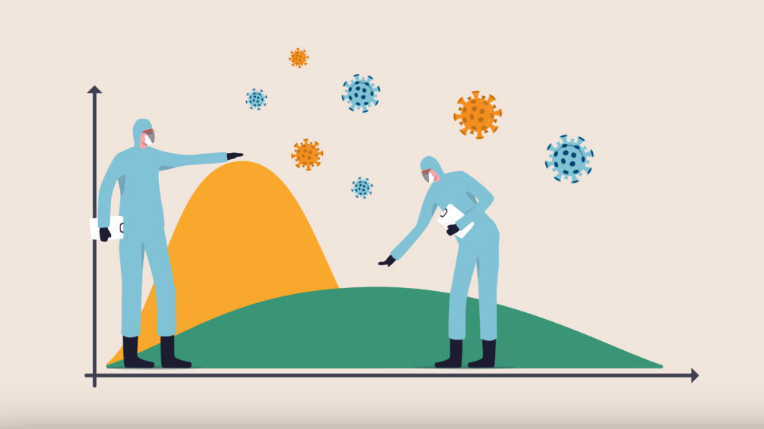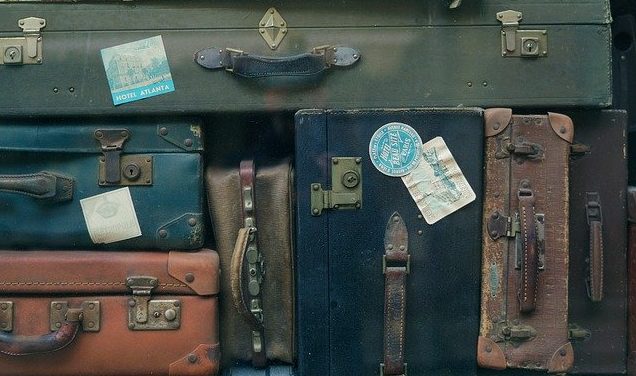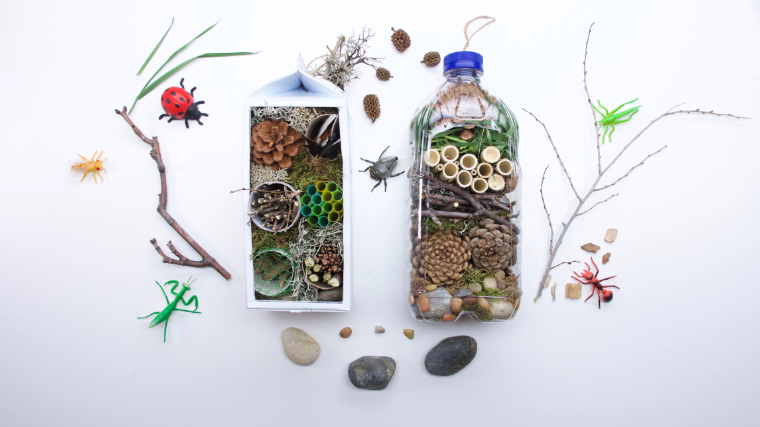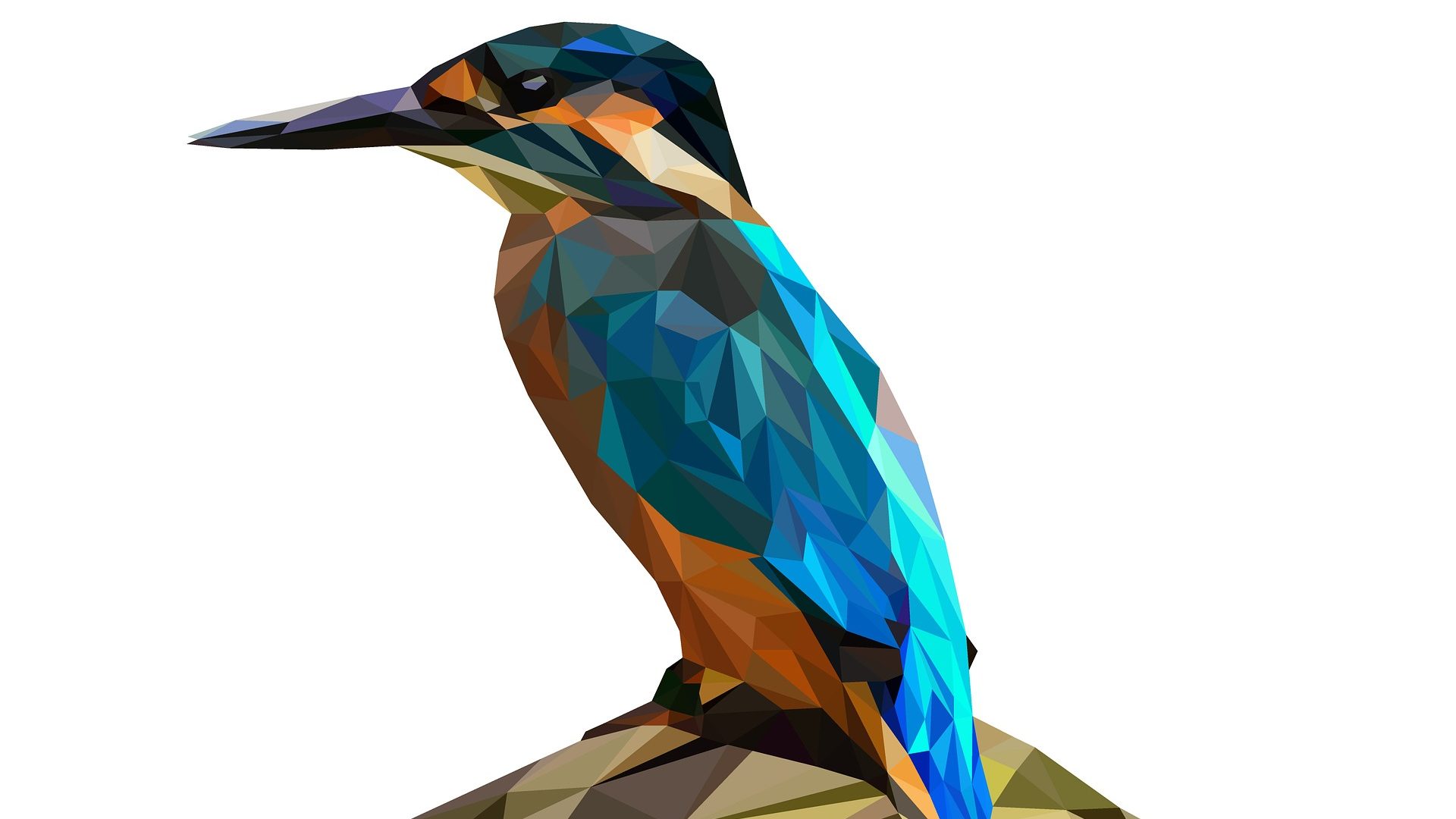Post written by Angela Kettle, School Programs Coordinator.
Daily Discovery: Social Distancing – How Long Is Six Feet?
We have an important job to do together – and that job is staying apart! As COVID-19 spreads, the Center for Disease Control and Prevention urges people to stay at least six feet away from those who live outside of our homes whenever possible.
What does six feet actually mean, though? Go on an adventure inside your home to see what objects (stacked together or on their own) are at least six feet long! Then, use these objects to help you picture what six feet means when you are out in public.
Supplies:
- Measuring tape (if you don’t have one, you can print a template at the end of this document, or you can download an app like Measure from Google on a smartphone or tablet)
- Pencil and paper to record measurements
- Camera (optional)
Instructions:
- Write down six things on your paper that you would like to measure. These should be things that are already in your house. These things can be big, or small! (At the bottom of this, you can see some of the things one of our FCMoD educators measured at her house!)
- Get out your measuring tape, and release six feet of tape. Observe what that distance looks like on the measuring tape.
- Make a prediction about how long you think each of the household objects that you wrote down will be: shorter than 6 feet, 6 feet, or longer than 6 feet.
- Time to measure! Make sure to be safe – if you are not tall enough to reach something, ask someone taller than you to help. Write down each measurement in inches as you go.
- Now look at your results! Six feet is the same as 72 inches. Were your items longer than, shorter than, or equal to six feet?
- Math Bonus: See how many of the item you would need to make six feet!a.
- If your object was shorter than 72 inches, divide 72 inches by the length of your object in inches. For example, since our educator’s cat was 27 inches, she would divide 72 inches by 27 inches to get 2.6 cats. So, she would need to put 2-and-a-half of her cats (stretched out!) between her and another person to practice proper social distancing.
- If your object was longer than 72 inches, you will still divide 72 by the length of your object. However, you should get an answer that is less than 1 (a decimal). For example, our educator’s closet door was 78 inches. If you divide 72 inches by 78 inches, you get .92. So, she would need almost her entire closet door’s length – 92% of it – between her and another person to practice proper social distancing.
- Now, any time you have to be out in public, picture one of your items that was close to six feet long. In your imagination, place that object between you and any people around you. Share your objects with us on social media with the hashtag #DailyDiscovery to help others picture six feet, too!
Want to download these directions? Click here for a handy PDF!
Follow along with our Daily Discovery! Click here for all activities that you can do at home.
Image credit: CalMatters.org










